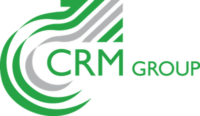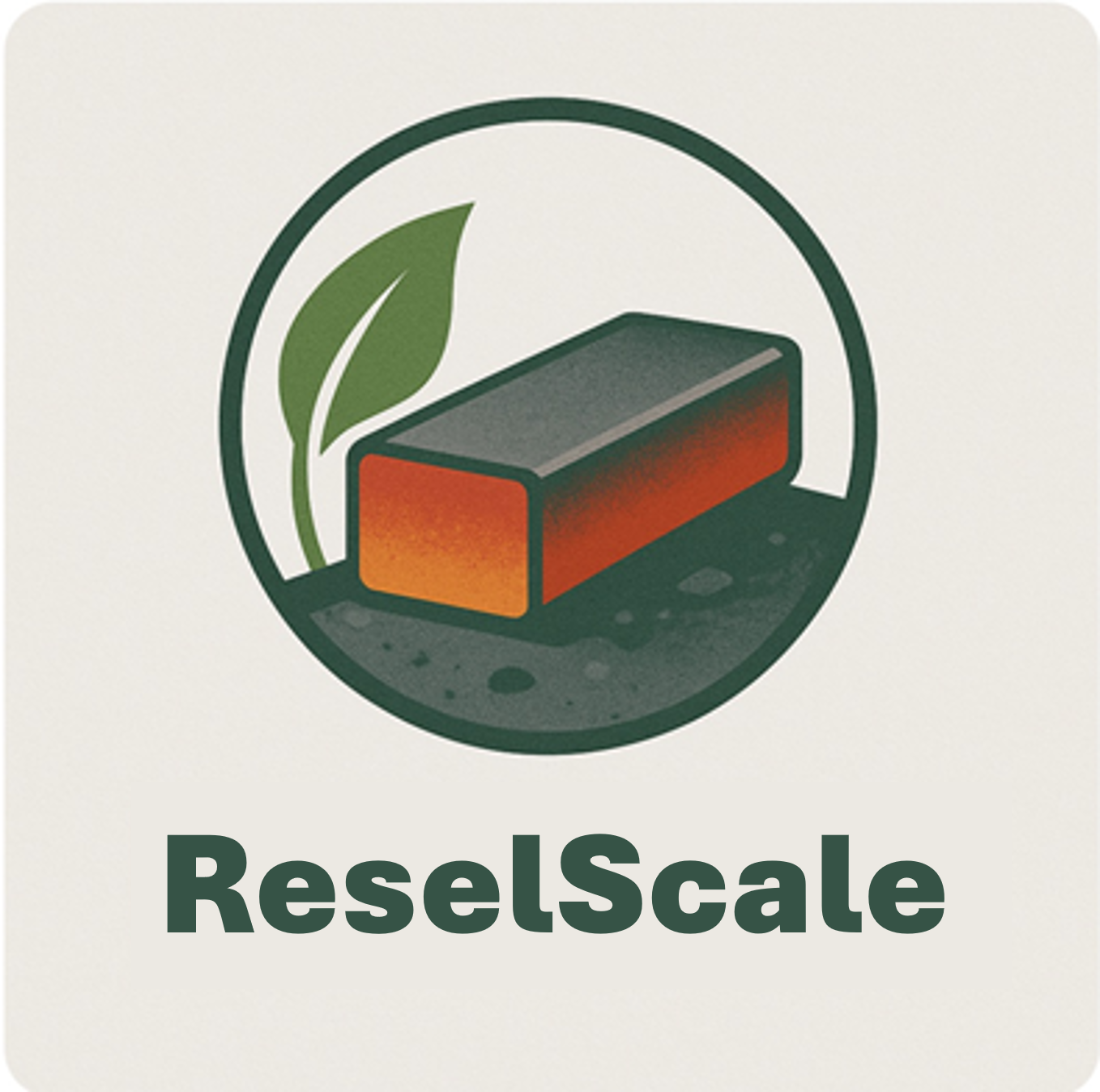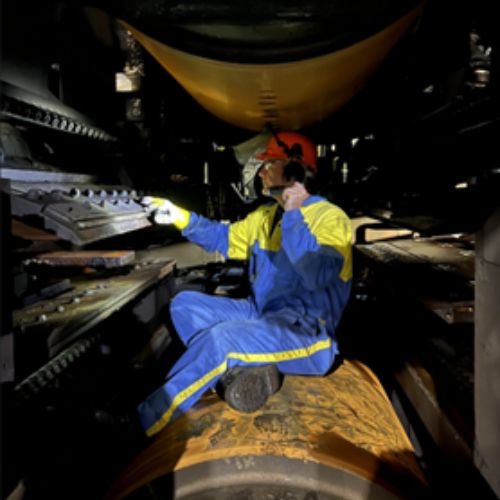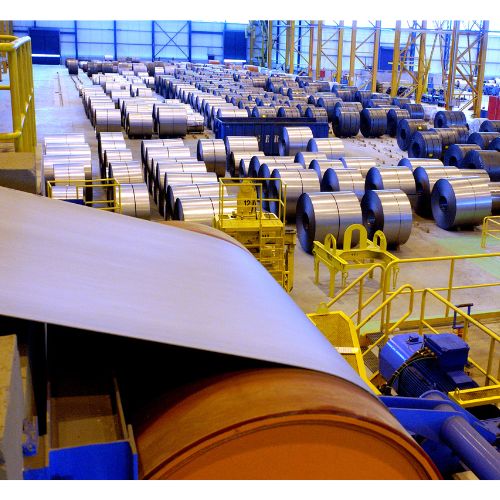Material In-Use Properties
Beyond standard mechanical or surface characteristics, CRM Group offers advanced expertise in assessing complex in-use properties such as weldability, corrosion resistance, formability, and resistance to external influences like UV radiation, extreme temperatures, pressure, and fire. These properties are evaluated through dedicated testing combined with additional techniques in electrochemistry, surface analysis, real-environment exposure, and physical metallurgy. The closer the test conditions are to actual service environments, the more accurate and relevant the outcomes are for practical applications.
Beyond conventional mechanical and surface properties
The cyclic or complex mechanical behavior of metallic parts is addressed by combining modelling approaches, such as finite element simulations, with dedicated testing methods designed to provide the most relevant input for these models. In-use properties—such as fatigue, creep, deep drawing, bending and forming behavior, or impact resistance—often involve multiaxial stresses that require purpose-built testing setups. In parallel, the use of CRM Group’s proprietary sensors and inspection tools adds further value by providing deeper insights into material performance.
Joining and Additive Manufacturing
How metal parts are joined has a significant impact on their behavior in real operating conditions. CRM Group offers a wide portfolio of tests covering various joining techniques, including conventional welding, laser welding, electron beam welding, friction stir welding, riveting, and adhesive bonding. These allow industries to compare different solutions and adopt the most effective or emerging joining technologies for their application.
Additive manufacturing is now widely seen as a promising approach to producing complex and functional parts. However, achieving full industrial productivity or manufacturing larger components often benefits from combining traditional and additive techniques.
Surface properties and real-environment exposure
For in-use evaluation of surface-related properties—such as corrosion resistance or behavior under specific weathering conditions—CRM Group provides a complete set of capabilities. These include advanced electrochemical testing, as well as access to one of the largest salt spray and UV exposure laboratories in Europe.
In addition, we operate several test locations for outdoor exposure under natural conditions. When a part is damaged through corrosion or a combination of environmental and mechanical stress, our material experts can reconstruct the contributing factors through post-mortem analysis and provide recommendations for improvement. Specific expertise in stress corrosion cracking has been developed, especially for aerospace applications, as highlighted in recent articles.
Fire, pressure, and cryogenic testing
CRM Group is fully equipped to test components of various sizes under extreme conditions, including high temperatures, high pressure, and cryogenic environments. Examples include standard fire resistance testing for construction elements or functional validation of valves under simulated failure scenarios. In the context of energy transition, cryogenic testing has become particularly relevant for gas and liquid handling systems, and we continue to expand our capabilities to meet these evolving industrial demands.
We are ISO 17025 accredited for a number of in-use property tests, including hydraulic pressure testing of pressurized components, helium leak testing, and fire resistance testing of hydraulic parts.



